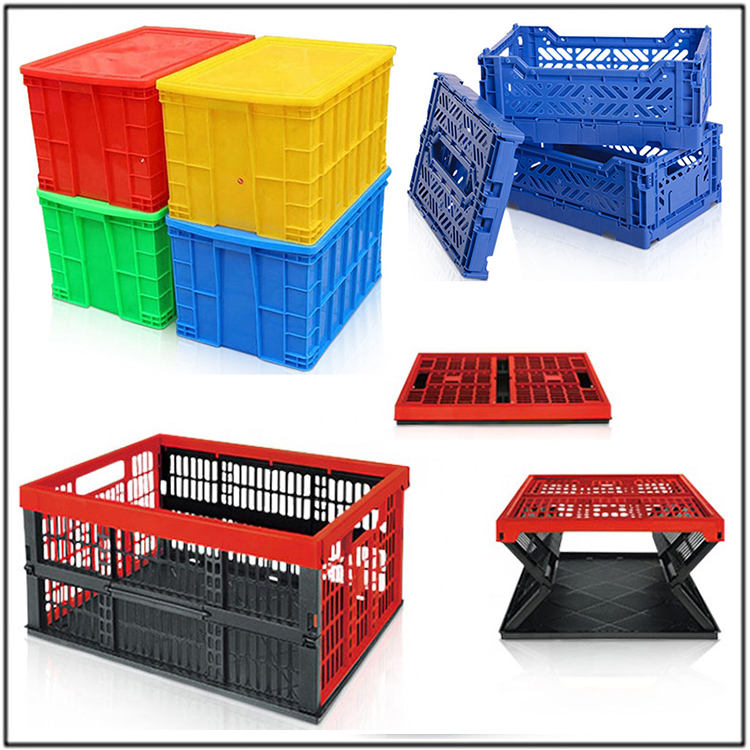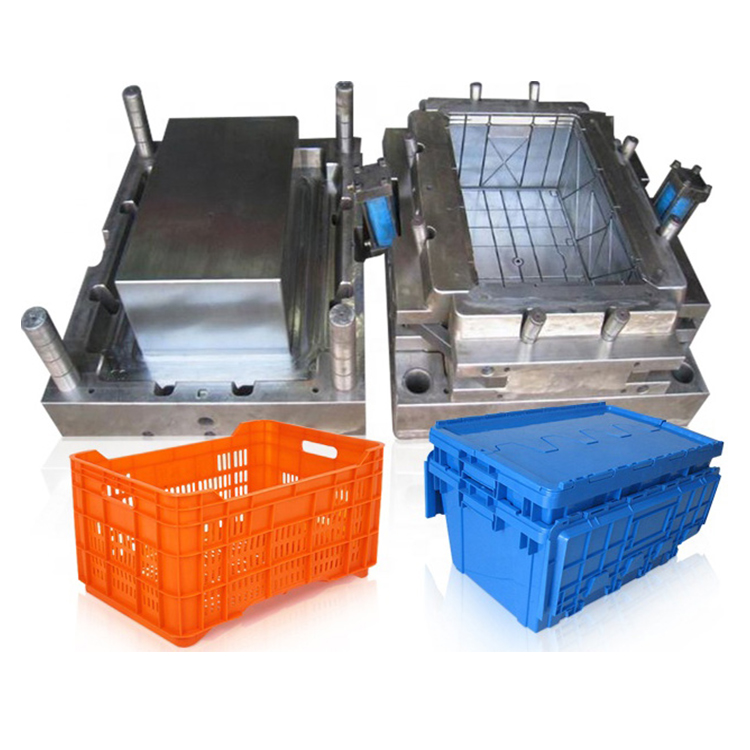
What Maintenance Work Should Be Done For Injection Molds?
What maintenance work should be done before reusing idle injection molds?
Before reusing idle injection molds, a series of maintenance work is required to ensure their normal operation and extend their service life. Here are some key maintenance steps:
1,Cleaning and maintenance
Comprehensive cleaning: Use specialized cleaning agents and soft brushes to thoroughly clean the plastic residue, oil stains, and other impurities on the surface of the mold. Avoid using highly corrosive solvents to prevent damage to the surface of the mold.
Drying treatment: After cleaning, ensure that the mold is thoroughly dried to prevent moisture retention from causing rust and corrosion.
2,Rust prevention treatment
Applying rust inhibitor: Apply an appropriate amount of rust inhibitor or lubricant on the surface of the mold to form a protective film, preventing the mold from rusting and corroding.
Check the rust prevention effect: After applying the rust inhibitor, it should be checked whether it evenly covers the surface of the mold to ensure the rust prevention effect.
3,Lubrication and maintenance
Lubrication of sliding parts: Lubricate the sliding parts of the mold (such as guide posts, return pins, push rods, etc.) using specialized mold lubricating oil or grease to reduce friction and wear.
Check lubrication status: Ensure that the lubricant is evenly applied to the sliding parts and check for insufficient or excessive lubrication.
4,Inspection and Maintenance
Comprehensive inspection: Conduct a comprehensive inspection of the mold, especially the vulnerable parts (such as nozzles, ejector pins, cores, etc.), to check for any damage, wear, or deformation.
Repair or replacement: Based on the inspection results, repair or replace the damaged parts to ensure that the mold can operate normally.
5,Debugging and Testing
Empty mold operation: After installing the injection machine on the mold, perform empty mold operation first and observe whether the operation of each part is flexible and whether there are any abnormal phenomena.
Debugging process parameters: Adjust the process parameters of the injection molding machine (such as injection pressure, speed, temperature, etc.) according to the actual situation of the injection mold to ensure stable production of the mold.
Trial production: Conduct trial production to check whether the produced products meet quality requirements and further verify the maintenance effect of the molds.
6,Storage management
Dry and ventilated: Store the mold in a dry and ventilated place to avoid the influence of moisture and high temperature environment.
Separate storage: Avoid stacking and squeezing injection molds to prevent deformation and damage to the molds.
Regular inspection: Regularly check the storage status of molds, especially those that have not been used for a long time. If any deformation or damage is found, it should be repaired or replaced in a timely manner.










